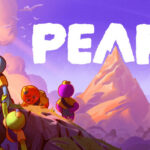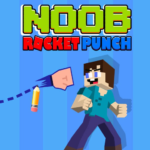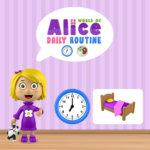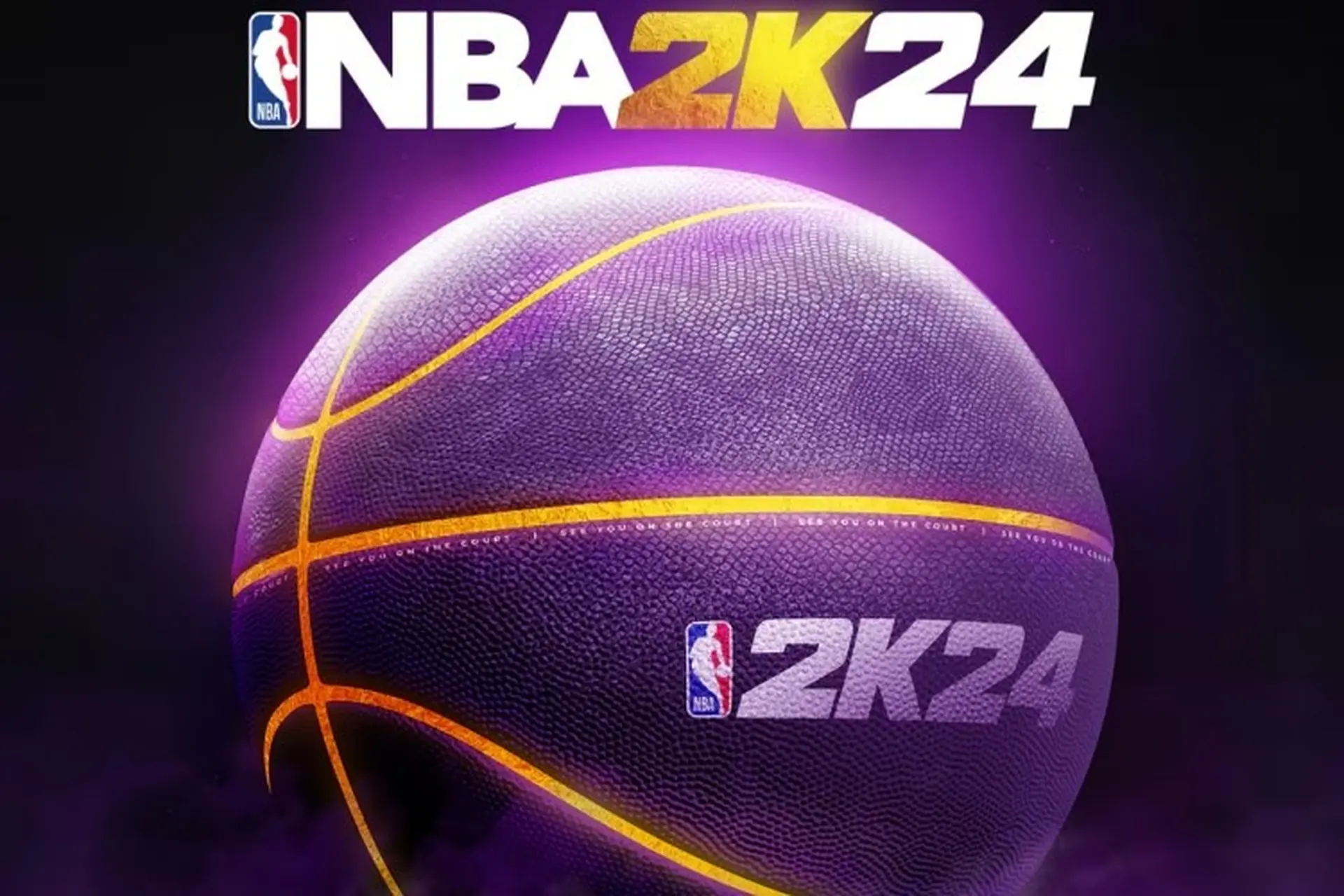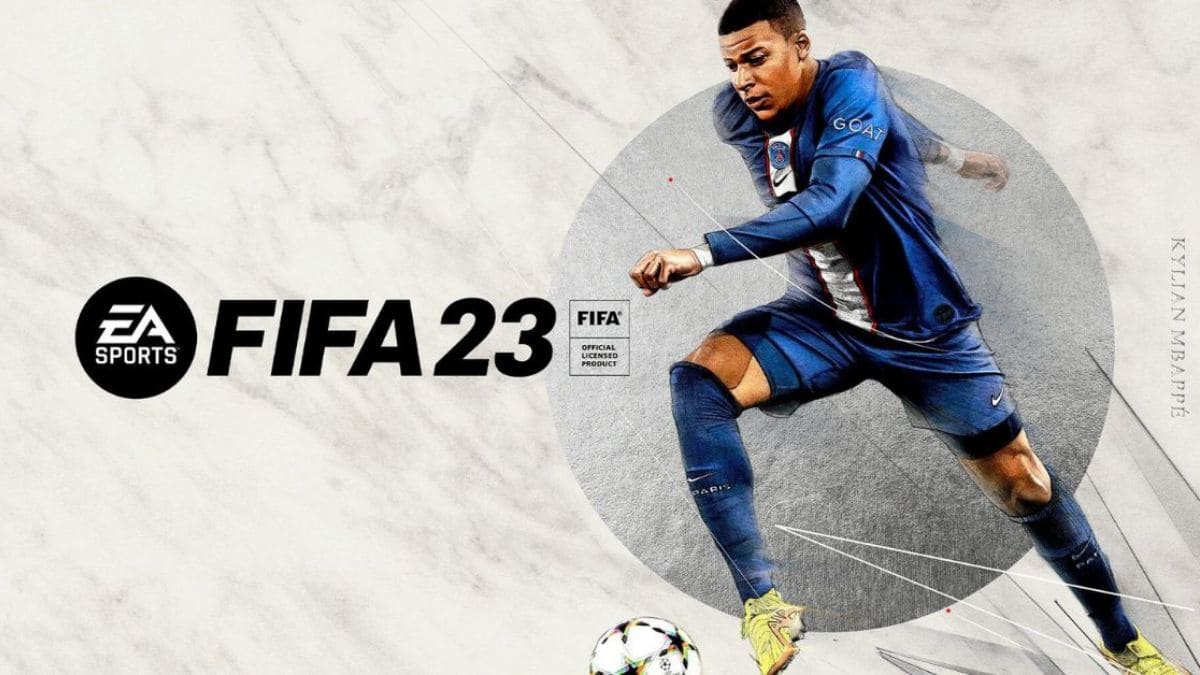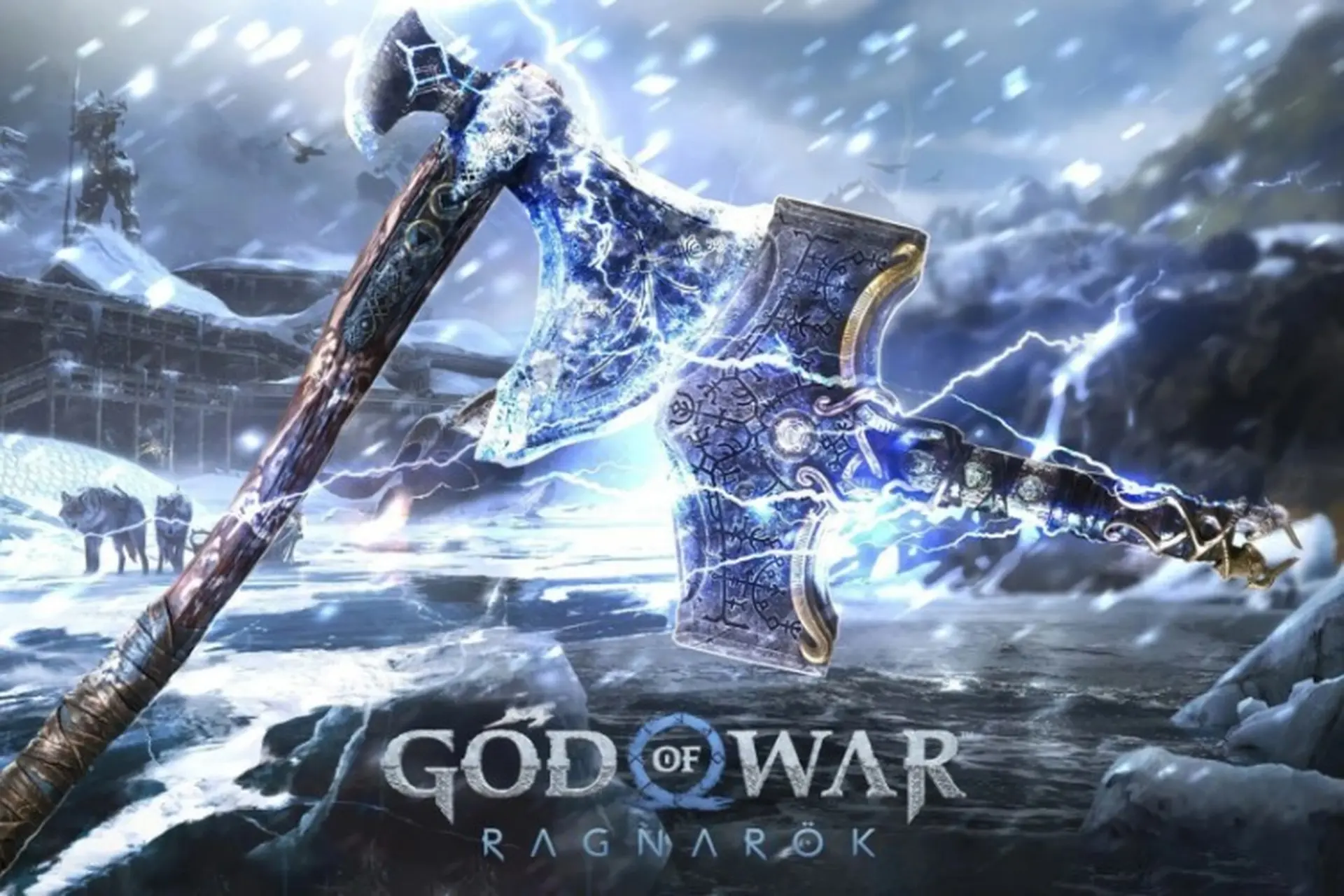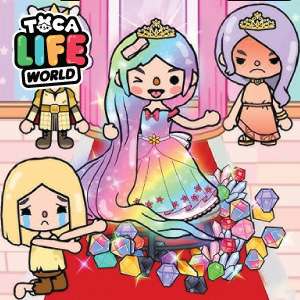Introduction
Since its debut in 2017, Fortnite has grown from a niche co-op survival title into a global cultural phenomenon. Created by Epic Games, Fortnite revolutionized the gaming industry with its free-to-play model, vibrant aesthetic, unique building mechanics, and frequent crossover events. It didn’t just dominate the battle royale genre—it transformed how games are developed, monetized, and even perceived by mainstream media.
But Fortnite is more than just a game. It’s a platform for creativity, a virtual stage for concerts and events, and a living, breathing digital ecosystem. This article provides a comprehensive look at Fortnite, breaking down its history, mechanics, cultural influence, game modes, and much more.
1. The Origins: Fortnite’s Surprising Beginning
Before becoming the juggernaut it is today, Fortnite began as Fortnite: Save the World, a cooperative PvE experience where players built forts and fought off waves of zombie-like creatures. Despite positive feedback, it wasn’t until the release of Fortnite: Battle Royale—just months after PlayerUnknown’s Battlegrounds surged in popularity—that the game truly exploded.
Released in September 2017, Fortnite: Battle Royale capitalized on the trend while adding its own twist: a colorful, animated art style, unique building mechanics, and a faster-paced, more accessible experience. The game’s free-to-play model with optional cosmetics attracted millions almost overnight.
Pros:
-
Adaptable design shifted the game’s fate
-
Fast, creative response to gaming trends
-
Accessible across multiple platforms
Cons:
-
Initial PvE mode overshadowed by Battle Royale
-
Some players feel building mechanics weren’t balanced early on
Rating: 8.0/10
2. Game Mechanics: Building, Shooting, and Strategy
What sets Fortnite apart from other battle royales is its building system. Players can harvest materials (wood, stone, metal) and build structures to defend, gain high ground, or navigate quickly. This adds an additional skill layer on top of shooting and looting.
Combat in Fortnite is tight, arcade-like, and constantly evolving. Epic Games regularly adjusts weapon balance, introduces new gear, and modifies core mechanics to keep gameplay fresh.
H3: Core Mechanics Overview
-
Build-to-survive structure system
-
Third-person shooting with varying weapon rarities
-
Looting, crafting, and item combos
Pros:
-
High skill ceiling due to build mechanics
-
Encourages creativity and strategy
-
Constantly updated for balance and excitement
Cons:
-
Difficult for newcomers to master building
-
Meta changes may feel disruptive to veterans
Rating: 8.6/10
3. Game Modes: Battle Royale, Creative, and More
Fortnite offers more than just traditional battle royale. The game is divided into several major modes, each with its own appeal:
-
Battle Royale – The core 100-player mode featuring solo, duos, and squads.
-
Zero Build Mode – Introduced in 2022, this mode removes building for players who prefer pure gunplay.
-
Creative Mode – A sandbox mode where players create custom maps, games, and challenges.
-
Save the World – The original PvE game mode with a strong cult following.
These diverse offerings make Fortnite more than just a shooter—it’s a hybrid platform that supports everything from casual gameplay to complex map creation.
H4: Popular Game Types in Creative
-
Obstacle courses (Deathruns)
-
Role-playing scenarios
-
Custom battle arenas
Pros:
-
Variety of modes appeals to different audiences
-
Encourages user-generated content and innovation
-
Zero Build mode expanded accessibility
Cons:
-
Creative discovery tools need improvement
-
Save the World lacks consistent updates
Rating: 9.0/10
4. The Seasonal Model: Chapters and Updates
Fortnite is structured around Chapters and Seasons, each lasting several months. New seasons bring map changes, weapons, gameplay mechanics, and a new Battle Pass with unlockable cosmetic content.
Major events often coincide with season endings, such as massive live events, narrative cutscenes, or gameplay shifts (like the black hole event between Chapter 1 and 2). This model keeps the game feeling alive and unpredictable.
H3: Benefits of the Seasonal Model
-
Regular content refresh keeps players engaged
-
Encourages event participation and community hype
-
Storylines build immersion over time
Pros:
-
Effective retention strategy through content drops
-
Seamlessly blends narrative with gameplay
-
Always something new to explore
Cons:
-
Some updates introduce bugs or unbalanced content
-
Skipping a season can lead to FOMO (Fear of Missing Out)
Rating: 8.9/10
5. The Fortnite Battle Pass System
The Battle Pass is Fortnite’s main monetization feature. For a small fee (typically around $9.99), players unlock a progression system filled with cosmetic items, V-Bucks, and emotes. Players can also earn enough V-Bucks in a season to purchase the next Battle Pass, making it a self-sustaining investment for active users.
The Battle Pass often includes collaborations with major IPs (Marvel, Star Wars, anime franchises), offering exclusive character skins and items.
Pros:
-
Strong value for frequent players
-
Cosmetic-only—no pay-to-win elements
-
Crossovers create excitement and draw new fans
Cons:
-
Requires grind to complete each season
-
Skins become obsolete or irrelevant quickly
Rating: 9.2/10
6. Cultural Impact and Crossovers
Fortnite is arguably one of the most culturally significant games of the last decade. It’s hosted concerts with Travis Scott and Ariana Grande, featured characters from Avengers, Naruto, Dragon Ball, Batman, John Wick, and more.
These crossovers blur the lines between games and mainstream entertainment. Players experience everything from Marvel story arcs to limited-time Star Wars lightsaber battles—all within the Fortnite world.
List of Top Crossover Events:
-
Marvel Nexus War (Chapter 2, Season 4)
-
Star Wars: The Rise of Skywalker Event
-
Fortnite x Dragon Ball Super collaboration
-
LEGO Fortnite and Rocket Racing spin-offs
Pros:
-
Sets industry standard for gaming collaborations
-
Expands audience beyond traditional gamers
-
Builds a metaverse-like identity
Cons:
-
Oversaturation can dilute the game’s core identity
-
Not all collaborations appeal to every player
Rating: 9.3/10
7. Esports and Competitive Play
Fortnite’s esports scene, while less structured than traditional titles like League of Legends or CS:GO, has produced massive events like the Fortnite World Cup, which awarded over $30 million in prize money.
Epic also runs seasonal FNCS (Fortnite Champion Series) events, with trios, duos, and solos formats. The competitive meta is faster-paced, and the skill ceiling is extremely high, especially in building modes.
H4: Competitive Strengths
-
Large prize pools and open qualifiers
-
In-game competitive ladders
-
Encourages community tournaments
Pros:
-
Opportunities for amateur players to break in
-
Offers real-world rewards for skill
-
Has cultivated top gaming personalities (e.g., Bugha)
Cons:
-
Esports ecosystem lacks long-term structure
-
Not as viewer-friendly as traditional shooters
Rating: 8.1/10
8. Creative Mode and UGC Evolution
In 2018, Epic launched Fortnite Creative, giving players tools to design their own game experiences. What started as a sandbox evolved into a full user-generated content (UGC) platform with Fortnite Creator tools and Unreal Editor for Fortnite (UEFN).
Players can now build fully-fledged games, monetize content, and share experiences. Many popular mini-games (Zone Wars, Hide and Seek, Deathruns) began in Creative and became mainstream staples.
Pros:
-
Empowers player creativity and expression
-
Provides endless content between seasons
-
Lays groundwork for Epic’s “metaverse” ambitions
Cons:
-
Discovery system needs overhaul
-
Not every map meets quality standards
Rating: 8.8/10
9. Community and Content Creators
Fortnite owes much of its success to its streaming and YouTube community. Content creators like Ninja, Tfue, SypherPK, Ali-A, and Lachlan turned Fortnite gameplay into viral content, introducing millions to the game.
Fortnite actively supports creators through the Support-a-Creator program and often gives them in-game cosmetics, events, or recognition.
H3: Community Features
-
In-game creator codes
-
Replay mode for content generation
-
Active Reddit and Discord channels
Pros:
-
Huge content ecosystem across platforms
-
Developers engage with creators frequently
-
Players can learn strategies via streamers
Cons:
-
Some creators complain about inconsistent updates
-
Negative online behavior from toxic fans
Rating: 9.0/10
10. The Future of Fortnite: Beyond Battle Royale
Epic Games is positioning Fortnite not just as a game but as a platform for experiences. With the release of Fortnite Festival, Rocket Racing, and LEGO Fortnite, the game is evolving into a suite of experiences under one launcher.
Epic’s investment in UEFN and partnerships with film, fashion, and tech companies show that Fortnite could become the backbone of the next-generation digital ecosystem—a proto-metaverse where gaming, socializing, and commerce intersect.
H4: Future Trends to Watch
-
AI-generated content in Creative Mode
-
Deeper integration with Unreal Engine 5
-
Cross-platform progression and VR support
Pros:
-
Ambitious roadmap with room for innovation
-
Consolidates Epic’s ecosystem around Fortnite
-
Encourages cross-generational play
Cons:
-
Risks losing focus on core gameplay
-
Competing against other emerging platforms (e.g., Roblox, Minecraft)
Rating: 9.4/10
Conclusion
Fortnite has defied expectations at every turn. From a struggling PvE game to a world-dominating battle royale to a budding metaverse platform, it has reshaped the gaming landscape. Whether you’re a casual player, competitive grinder, creative designer, or cultural observer, Fortnite offers something unique and ever-evolving.
It’s not just a game; it’s a platform, a social hub, and a live service that continues to redefine what's possible in interactive entertainment. With consistent updates, groundbreaking collaborations, and a powerful community behind it, Fortnite stands tall as one of the most important and influential games of all time.
Final Expert Rating: 9.3/10 – A genre-defining juggernaut that blends creativity, competition, and culture into a truly revolutionary gaming experience.













